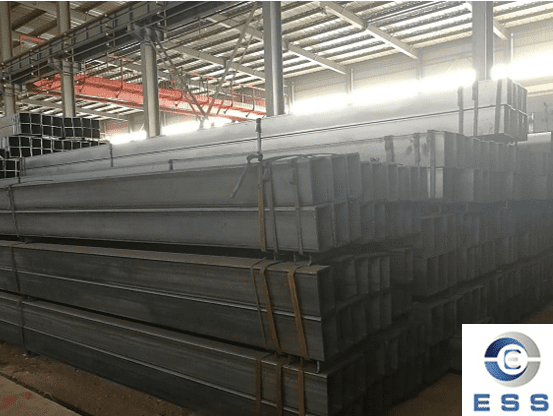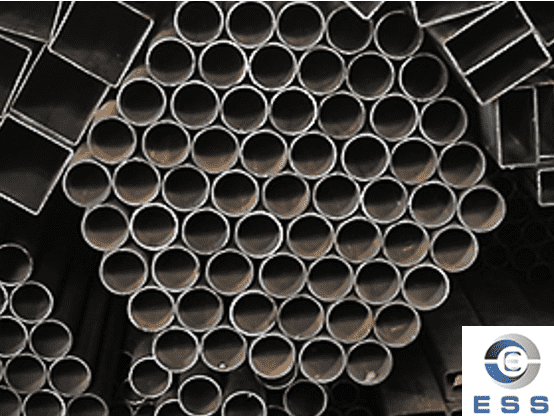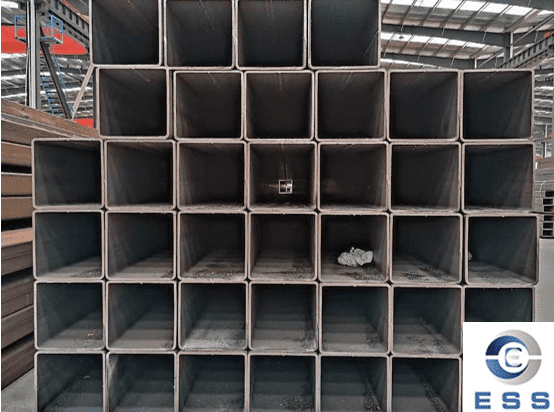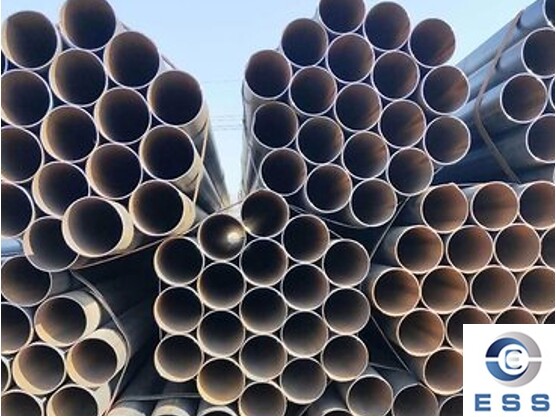
The seamless carbon steel pipe is a common
pipeline material, widely used in petroleum, chemical, electric power and other
fields. Its size and specification standards are important factors to ensure
the installation and use of pipelines. This article systematically analyzes the
classification standards, core parameters and typical specification
applications of seamless carbon steel pipes.
Models of seamless carbon steel pipes
On the market, the models of seamless carbon steel pipes are
diversified to meet the needs of different industries and application
scenarios. Common models can be roughly divided into the following categories:
1. Classification by production process
Hot-rolled (extrusion, expansion) seamless steel pipes and cold-drawn
(rolled) seamless steel pipes.
2. Classification by use
General structural pipes, fluid conveying pipes, medium and low
pressure boiler tubes, high pressure boiler
tubes, fertilizer special pipes, geological drill pipes and petroleum
cracking pipes, etc.
3. Classification by standard
National standard (GB) seamless steel pipe: mainstream standard in the
basic industrial field.
American standard (ASTM/ASME) seamless steel pipe: export equipment and
foreign-related projects.
API SPEC 5L steel pipe: dedicated to the oil and gas industry.
Key dimensional parameters
After the model is determined, three core parameters should be focused
on, which together determine the applicability and performance of the pipe:
1. Outer diameter D: Common range is from 6 mm to 1422 mm.
2. Wall thickness S: Common range is from 0.5 mm to 100 mm.
3. Length L: Common is 6 m, 9 m, 12 m, and can also be customized on
demand.
Note: When selecting the model, mechanical performance indicators such
as material grade, tensile strength, yield strength, hardness, etc. should also
be considered.
Common seamless carbon steel pipe specification table
The following is a common seamless carbon steel pipe specification
table:
|
Outer diameter
|
Wall thickness
|
|
6mm-762mm
|
0.5mm-70mm seamless steel pipe
|
|
21.3mm-660mm
|
2.5mm-60mm seamless steel pipe
|
|
48mm-508mm
|
3.5mm-60mm seamless steel pipe
|
|
219mm-1422mm
|
6mm-100mm seamless steel pipe
|
|
33.4mm-1219mm
|
2.75mm-8.8mm seamless precision tube
|
|
10mm-426mm
|
low and medium pressure boiler tube
|
|
10mm-450mm
|
1mm-50mm structural tube
|
The above specification table is only for common specifications.
According to different usage scenarios and process requirements, there are many
other specifications of seamless carbon steel pipes. When choosing seamless
carbon steel pipes, in addition to considering the outer diameter, wall
thickness and length, we should also pay attention to the physical properties
of the steel pipe, such as material, hardness, tensile strength, and yield
strength.
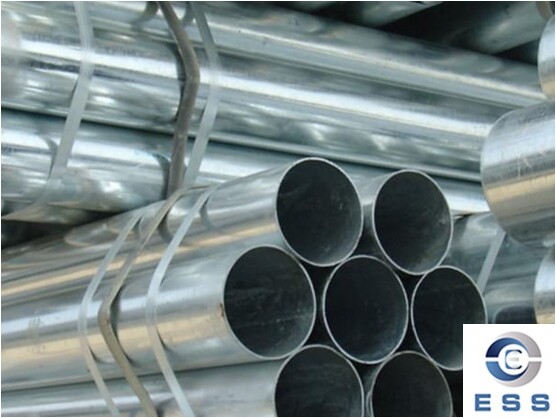
Outer diameter of seamless carbon steel pipe 159 pipe
Regarding the outer diameter of the 159 pipe, this is a specific
seamless steel pipe size. "159" means that the outer diameter of the
steel pipe is 159 mm. Steel pipes of this size are widely used in various
industrial fields, such as petrochemicals, natural gas transportation, boiler
manufacturing, etc. The following are its technical characteristics:
1. Nominal outer diameter: 159mm (allowable tolerance ±0.75mm, in
accordance with DIN 2448).
2. Conventional wall thickness: 6-25mm (pressure range 4.5-32MPa).
3. Typical materials: 20# steel, Q345B alloy steel, stainless steel
316L.
In actual applications, the outer diameter of the 159 pipe will have a
certain tolerance range to ensure the accuracy of production and installation.
Usually, this tolerance is very small and will not affect the overall
performance and use of the steel pipe.
Key points for purchase
1. Confirm the working conditions: working pressure, medium type,
temperature range.
2. Select the appropriate standard: according to national or industry
specifications (GB, ASTM, API, etc.).
3. Determine the key dimensions: outer diameter, wall thickness, length
and tolerance.
4. Acceptance performance indicators: chemical composition of
materials, mechanical properties report, non-destructive testing certificate.
5. Investigate the manufacturer: qualification certification, quality
control system and delivery cycle.
Summary
In summary, the selection of models and specifications of seamless
carbon steel pipes is a process that comprehensively considers multiple factors
such as material, size, and purpose. Understanding this basic information can
help us more accurately select steel pipe products that meet the needs of
specific projects or projects. For the outer diameter of the 159 pipe, it is
precisely controlled at 159 mm to ensure applicability and reliability in
various application scenarios.
Read more: Roughness of carbon steel pipe or Thermal conductivity of carbon steel pipe













 Eastern Steel Manufacturing Co.,Ltd not only improve product production and sales services, but also provide additional value-added services. As long as you need, we can complete your specific needs together.
Eastern Steel Manufacturing Co.,Ltd not only improve product production and sales services, but also provide additional value-added services. As long as you need, we can complete your specific needs together.








